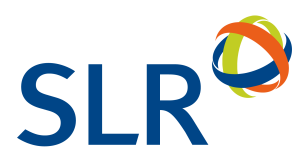DRONE LiDAR - TOPOGRAPHIC SURVEYING
Drone LiDAR Topographic Surveying
By deploying an unmanned aerial vehicle (UAV) equipped with a LiDAR sensor (drone LiDAR) we are able to take accurate topographic readings from the air – creating 3D models with centimeter level accuracy and detecting ground topographic features that would be undetectable using traditional methods. Aerial LiDAR sensing is a benefit to all types of industries that need mapping and geospatial data collection services. We can help you include aerial LiDAR sensing as part of your business plan.
What is LiDAR?
LiDAR is a remote sensing technology, rather than leveraging traditional photo cameras and photogrammetry, LiDAR sensors send out laser pulses and capture the responses, which creates data points to map out an area with precision, accuracy and efficiency. The LiDAR system creates a point cloud which can be used to review and assemble models in specialized software packages. The process is fast and creates high-quality topographic maps. The point cloud is coloured (RGB) using an additional photo sensor.
Flying with LiDAR is a way to quickly and safely gather information about your site.


Our Experience – Large Scale Survey in Class F Airspace
UAV Ontario was recently selected for a combination of LiDAR and NIR aerial surveys covering 4800 acres in class F airspace. With careful flight planning and preparation we were able to operate safely and efficiently with only one weather day due to high winds. Lambton Shores is notorious for high West winds off Lake Huron and contributing topography (i.e. sand dunes) create significant wind shear which needed to be managed by our team.
This job was fully WSIB compliant, and all operations were fully licensed and insured. The job was completed using DJI M300 RTK and L1 LiDAR payload.
Our client was SLR Consulting, a privately owned international environmental consultancy, headquartered in Buckinghamshire, United Kingdom, with offices in Europe, North America, Australasia, and Africa, contracted by the Canadian Government.
Our deliverables included the raw data from the drone and from the ground survey GNSS/RTK system, including tying in our data to a local benchmark. We also delivered classified point cloud data and rendered 3 (RGB, NGB) and 4 (NDVI) band orthomosaic images for our client.

